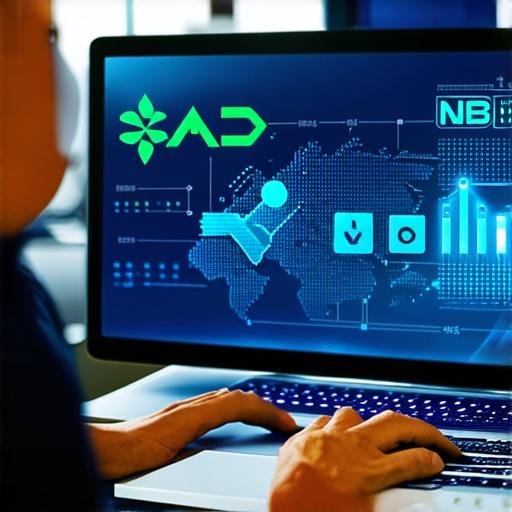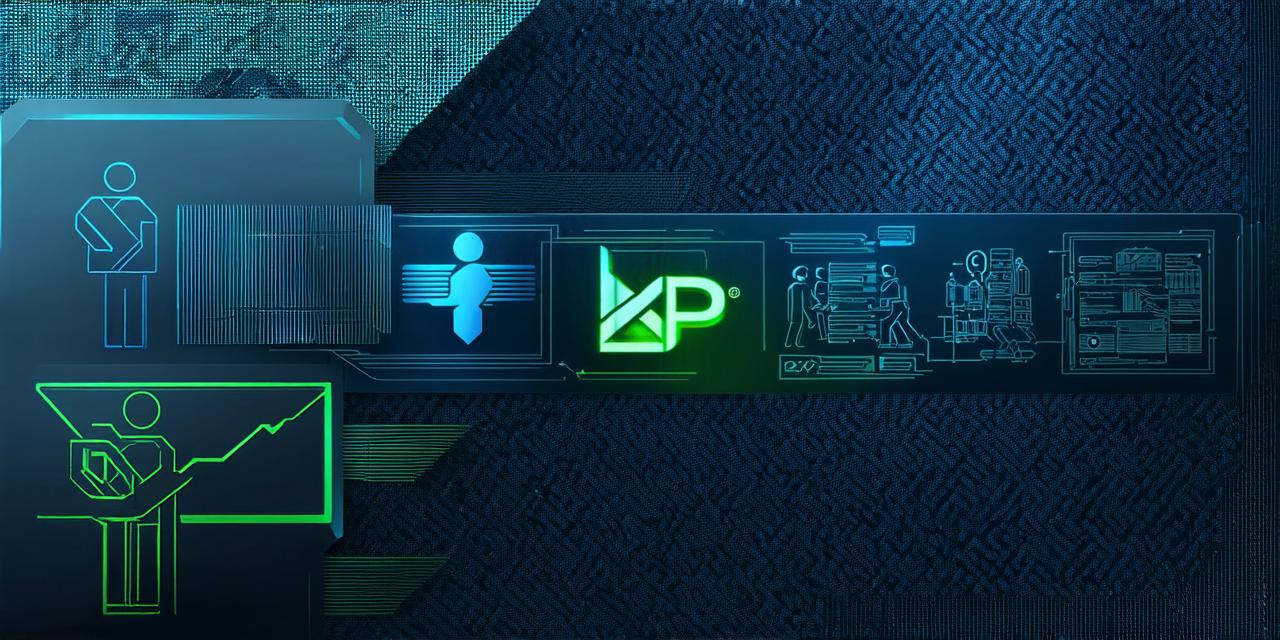In the world of blockchain technology, there are countless projects vying for attention and investment. One such project is Ripple (XRP), a decentralized payment protocol that leverages blockchain technology to facilitate fast and low-cost cross-border payments. But is XRP truly a blockchain? In this article, we will explore the relationship between Ripple and blockchain technology, and examine whether or not XRP can be considered a blockchain in its own right.
What is a Blockchain?
Before we dive into the relationship between Ripple and blockchain technology, it’s important to first understand what a blockchain is. A blockchain is a decentralized, distributed ledger that records transactions across a network of computers. It allows for secure, transparent, and immutable record-keeping, making it ideal for applications such as cryptocurrency, supply chain management, and more.
The key features of a blockchain include:
Decentralization: The blockchain is maintained by a network of nodes, rather than a central authority. Distributed ledger: Transactions are recorded on a decentralized ledger that is shared across the network. Consensus mechanism: The network uses a consensus mechanism to validate and add transactions to the ledger. Immutability: Once a transaction is added to the blockchain, it cannot be altered or deleted.
What is Ripple (XRP)?
Now that we have a basic understanding of what a blockchain is, let’s take a closer look at Ripple (XRP). Launched in 2012, Ripple is a decentralized payment protocol that enables fast and low-cost cross-border payments. It leverages blockchain technology to facilitate these payments, making it an attractive alternative to traditional banking systems.
Some key features of Ripple include:
Fast transaction speeds: Ripple transactions typically take just 30 seconds or less to complete, compared to the several days it can take for traditional bank transfers. Low fees: Ripple charges much lower transaction fees than banks, making it a cost-effective option for cross-border payments. Cross-border capabilities: Ripple enables payments between different countries and currencies, making it ideal for international business transactions.
The Relationship between Ripple and Blockchain Technology
So, is Ripple (XRP) a blockchain? The answer is somewhat complicated. While Ripple does leverage blockchain technology to facilitate payments, it is not a traditional blockchain in the sense that it does not have a decentralized ledger that is shared across a network of computers. Instead, Ripple uses a consensus mechanism called XRP Ledger Consensus Protocol (XLCP) to validate and add transactions to its database.
The XLCP works by having a set of trusted nodes on the Ripple network validate transactions and reach a consensus before they are added to the ledger. This means that Ripple has more control over its network and can make changes to the protocol as needed, which is not possible with traditional blockchains.
Additionally, while Ripple does use a decentralized database, it is not open to the public like a traditional blockchain. Instead, access to the Ripple database is restricted to participating institutions and companies that have been vetted by Ripple Labs.
Despite these differences, many experts consider Ripple (XRP) to be a form of blockchain technology. This is because it leverages many of the same principles as traditional blockchains, such as decentralization and immutability, and has been successful in facilitating fast and low-cost cross-border payments.
Case Studies: How Ripple (XRP) is Being Used in Practice
Now that we have a better understanding of what Ripple (XRP) is and how it leverages blockchain technology, let’s take a look at some real-world examples of how it is being used in practice.
-
Cross-border Payments: One of the main use cases for Ripple (XRP) is facilitating cross-border payments. By using XRP, institutions can make fast and low-cost payments to other countries without needing to go through traditional banking systems.
-
Supply Chain Management: Ripple (XRP) can also be used for supply chain management. By using XRP, companies can track the movement of goods and ensure that payments are made quickly and efficiently along the supply chain. This has been particularly useful in industries such as agriculture and logistics, where delays and disputes can often occur.
-
Asset Tokenization: Ripple (XRP) can also be used for asset tokenization, which involves taking real-world assets such as stocks, commodities, and real estate, and converting them into digital tokens that can be traded on a blockchain. This has the potential to democratize access to these assets, making it easier for people to invest in them regardless of their financial status.
-
Instant Payments: Ripple (XRP) enables instant payments, which means that money can be sent and received almost instantly, without needing to wait for days or weeks for a traditional bank transfer to clear. This has been particularly useful in industries such as e-commerce and gaming, where fast payment processing is critical.

The Future of Ripple (XRP) and Blockchain Technology
As we have seen, Ripple (XRP) has been successful in leveraging blockchain technology to facilitate fast and low-cost cross-border payments, and has a range of other potential use cases. But what does the future hold for Ripple and blockchain technology more broadly?
One key trend that we are likely to see is the continued growth and adoption of blockchain technology across a range of industries. As more organizations recognize the benefits of blockchain, we can expect to see more innovative use cases emerging.
Additionally, as Ripple continues to develop and improve its platform, we can expect to see even more use cases for XRP emerge. For example, Ripple has recently announced plans to expand into the healthcare industry, which could enable faster and more secure payments for medical treatments and supplies.
In conclusion, while Ripple (XRP) may not be a traditional blockchain in the sense that it does not have a decentralized ledger that is shared across a network of computers
